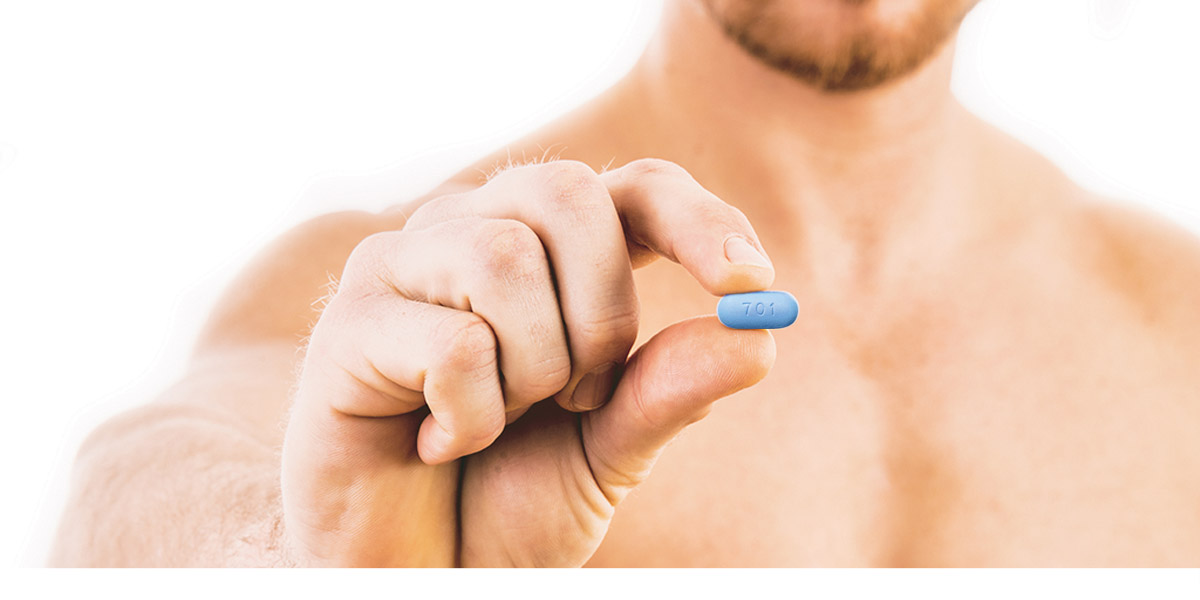HIV PrEP available on PBS in Australia
 The Federal Health Minister, the Hon. Greg Hunt has announced a landmark decision in HIV prevention in approving HIV-prevention drugs – tenofovir with emtricitabine, known as PrEP – on the Pharmaceutical Benefits Scheme from 1 April, thereby providing broader access for any doctor or general practitioner to be able prescribe PrEP to an Australian resident who holds a current Medicare card.
The Federal Health Minister, the Hon. Greg Hunt has announced a landmark decision in HIV prevention in approving HIV-prevention drugs – tenofovir with emtricitabine, known as PrEP – on the Pharmaceutical Benefits Scheme from 1 April, thereby providing broader access for any doctor or general practitioner to be able prescribe PrEP to an Australian resident who holds a current Medicare card.
"The public health benefits are clear, undeniable and transformative benefiting individuals at medium — to high-risk of HIV infection and towards driving a substantial reduction in HIV transmissions in Australia,” said ASHM President, Associate Professor Bloch. “With this announcement of public subsidy – now is the time to support transition from more controlled clinical trial environments to real-world broad access,” continued Dr Bloch referring to the successful rollout of demonstration PrEP trials that have over two years recruited more than 14,000 participants across Australia."

 The Australian Government is planning to change the National Cervical Screening Program. The current screening program was developed in 1991 and we now know a lot more about cervical cancer.
The Australian Government is planning to change the National Cervical Screening Program. The current screening program was developed in 1991 and we now know a lot more about cervical cancer. A new report by the Kirby Institute, shows that Australia's gonorrhoea rise of 63% has been driven by urban heterosexuals. The report shows a 99% rise in notification rates in major cities, a 15% rise in regional areas and an 8% fall in rural areas.
A new report by the Kirby Institute, shows that Australia's gonorrhoea rise of 63% has been driven by urban heterosexuals. The report shows a 99% rise in notification rates in major cities, a 15% rise in regional areas and an 8% fall in rural areas.